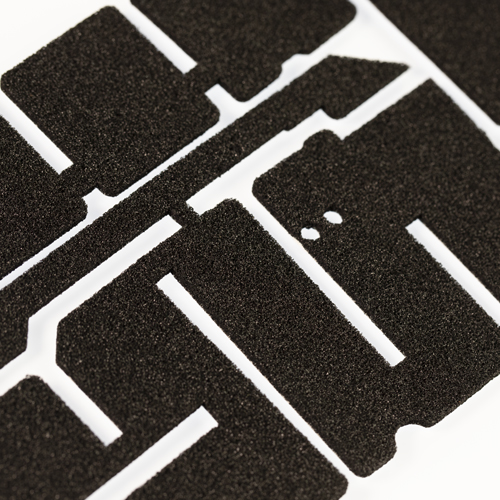
Mastering Gaskets: An Essential Guide
In the realm of product design, engineers often overlook the significance of gaskets until the final stages. These seemingly small components, however, are integral to a product’s performance and longevity. Gaskets play a pivotal role in protecting equipment and assemblies from environmental factors like rain, dust, shock, and vibration.
Considering gaskets early in the design phase can yield substantial cost and time savings. Crafting a comprehensive gasket strategy that navigates through four key requirement areas—function, materials, mechanical factors, and manufacturing—can streamline the process and optimize product performance.
- Defining the Function
The starting point in gasket design is identifying the intended purpose, or the problem you are attempting to solve. Whether it’s sealing out wind-driven rain, resisting harsh chemicals, or minimizing vibration and noise pollution, understanding the operational environment is crucial.
At this point in the process, it’s also important to identify whether this component will have to comply with any regulatory certifications, such as UL, NEMA, ASTM, or FDA.
- Selecting Materials
Choosing the right material is a critical phase. Attributes such as cell structure, density, durometer hardness, compression set, compression-force deflection, and environmental resilience are all important to consider before making your selection.
Different materials have unique characteristics, which can make them suitable or less-than-ideal for specific applications. Factors like exposure to UV light, extreme temperatures, cleaning chemicals, and rain must be considered to prevent gasket failure due to the potential of environmental deterioration.
It is also important to consider the anticipated life cycle of the product. If it will ultimately have a short life cycle before repair/refurbishment, end of life, or obsolescence, it’s possible a lower cost, less resilient material might be adequate. But if it will have a longer life cycle and minimal opportunity for repair, then a higher cost, more resilient material could ultimately pay for itself by minimizing failures in the field.
- Addressing Mechanical Factors
Mechanical factors to consider include housing rigidity, substrate flatness, fastening method, gap thickness, and proper gasket compression for an optimal seal. Understanding how different materials perform in these scenarios is essential to your gasket design.
Designing an effective seal involves a sometimes-delicate balance of aligning gasket materials with multiple mechanical factors, while also keeping in mind the environmental factors that may come into play.
- Navigating Manufacturability
Designing cost-effective gaskets involves understanding manufacturing techniques, such as adhesive lamination, die cutting, laser cutting, and roll slitting. The choice of manufacturing technique depends heavily on production quantities, part geometry, and material density.
Some cutting methods, such as back-scoring or kiss cutting may cost a little more, but can ultimately save you time in production by simplifying assembly and making your process more efficient.
It is also important to recognize that the tolerance called out on your drawing may play a role in how your parts are cut. Engineers who are used to working with rigid, non-elastomeric materials such as metal or plastic, may be unaware that the same tolerance requirements they are used to may make a foam or rubber part incredibly expensive, if not impossible to produce.
Marking Systems Die-Cut (MSD) Expertise in Gaskets
At Marking Systems Die-Cut (MSD), we recognize the critical role gaskets play in ensuring superior performance across diverse applications. Our proficiency in understanding and selecting gasket materials—be it foam, rubber, or a variety of other materials—allows us to craft custom gasketing solutions tailored to your precise requirements. Expert guidance from Marking Systems can streamline your material selection by providing data sheets, material samples, or even custom cut prototypes for thorough evaluation and testing.
Our comprehensive suite of gasket materials, from open and closed-cell foams to various types of rubber and other unique high-performance materials, offers durability, resilience, and adaptability. We meticulously consider factors such as environmental conditions, compression rate, density, and material resilience to ensure we are providing optimal sealing solutions.
Partnering with Marking Systems Die-Cut (MSD) means engaging with a team committed to delivering high performance, cost-effective solutions to safeguard your products and extend the functional life cycle in the field. Our collaborative approach with engineers minimizes development and manufacturing costs and shortens design time, while ensuring superior gasketing solutions for your equipment and products.
If you have a design project requiring gaskets or other die cut components, reach out to Marking Systems Die-Cut (MSD) today and request a consultation with our Technical Sales Engineer to learn about your options.





